On January 24, 2024, tour guide and wildlife photographer Gaurav Ramnarayanan made an extraordinary discovery during a safari in Kaziranga National Park. He captured images of a rare “golden” tiger, a sight that stunned wildlife enthusiasts and conservationists alike.
The Unexpected Discovery

Ramnarayanan was leading a private tour in Kaziranga National Park, known for its diverse wildlife and UNESCO World Heritage status. The group was not specifically looking for tigers but was thrilled when they heard an alarm call from a deer, signaling a predator’s presence.
First Glimpse of the Golden Tiger

As Ramnarayanan turned a corner, he spotted a tiger around 700 meters away on the road. Initially, the tiger appeared unusually white. On closer inspection through his camera lens, he realized it was a rare golden tiger, characterized by its strawberry-blonde stripes.
The Tiger’s Approach

The golden tiger, exhibiting no aggression, walked towards the group. It came within 100 meters of their safari jeep, allowing Ramnarayanan to capture incredible photographs. The tiger was merely passing through, marking its territory as it moved along the road.
The Internet’s Reaction

Ramnarayanan posted a photo of the golden tiger online, where it quickly garnered admiration and awe. The internet was abuzz with the stunning image of the tiger’s unique coloring, drawing attention from wildlife enthusiasts worldwide.
The Story of the Rare Golden Tiger
What Is a Golden Tiger?
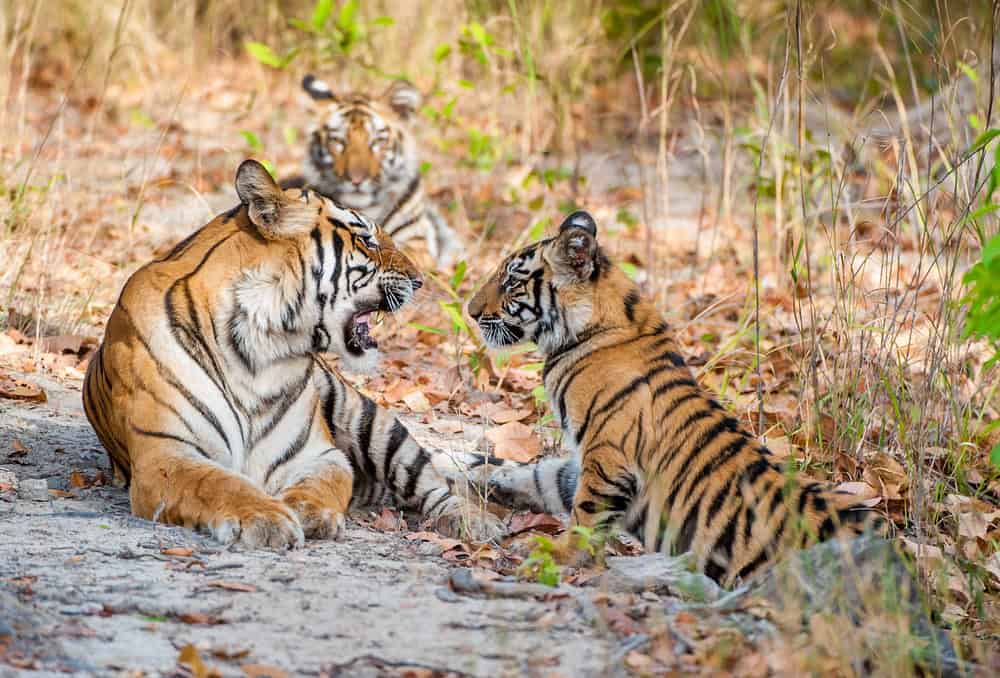
Golden tigers, also known as golden tabby or strawberry tigers, are not a separate subspecies. Their unique coloration results from a genetic mutation affecting the color-creating genes. This mutation extends the production of pheomelanin, a reddish-yellow pigment.
Genetic “Spelling Mistakes”

According to Uma Ramakrishnan, a professor of ecology, golden tigers are the result of recessive traits. These genetic mutations, akin to “spelling mistakes in the DNA,” alter the coloration of their fur. While the trait is rare in the wild, it is more commonly seen in captive tiger populations.
Concerns About Inbreeding

The presence of golden tigers may indicate inbreeding within isolated tiger populations. Conservationists worry that this could lead to genetic problems, as inbreeding is associated with physical ailments and reduced genetic diversity.
Kaziranga’s Golden Tigers
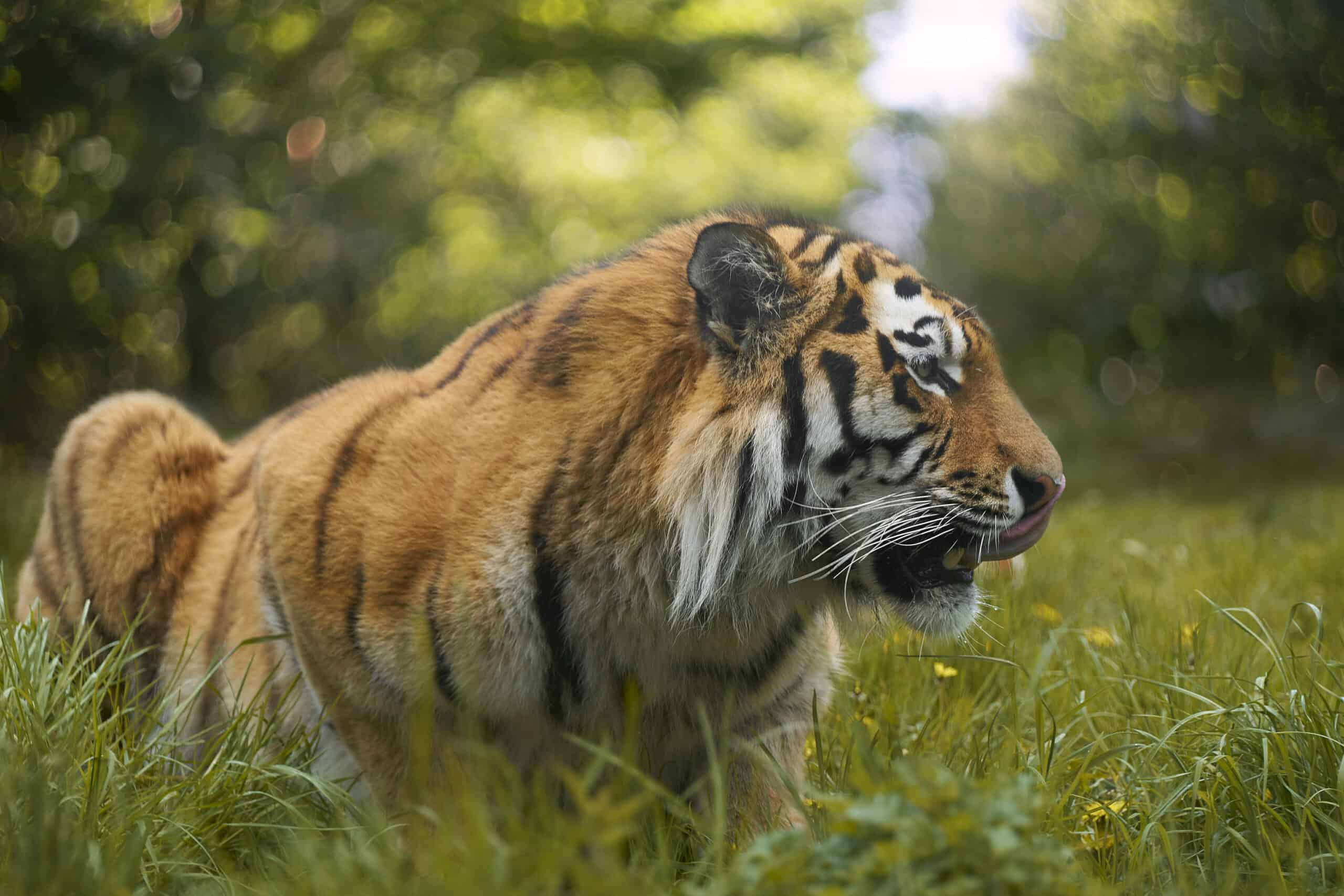
Kaziranga National Park has documented four golden tigers, the only known ones in the wild. These tigers have been spotted since 2014, with previous sightings also capturing public attention and sparking discussions about their rarity.
Impact of Habitat Fragmentation
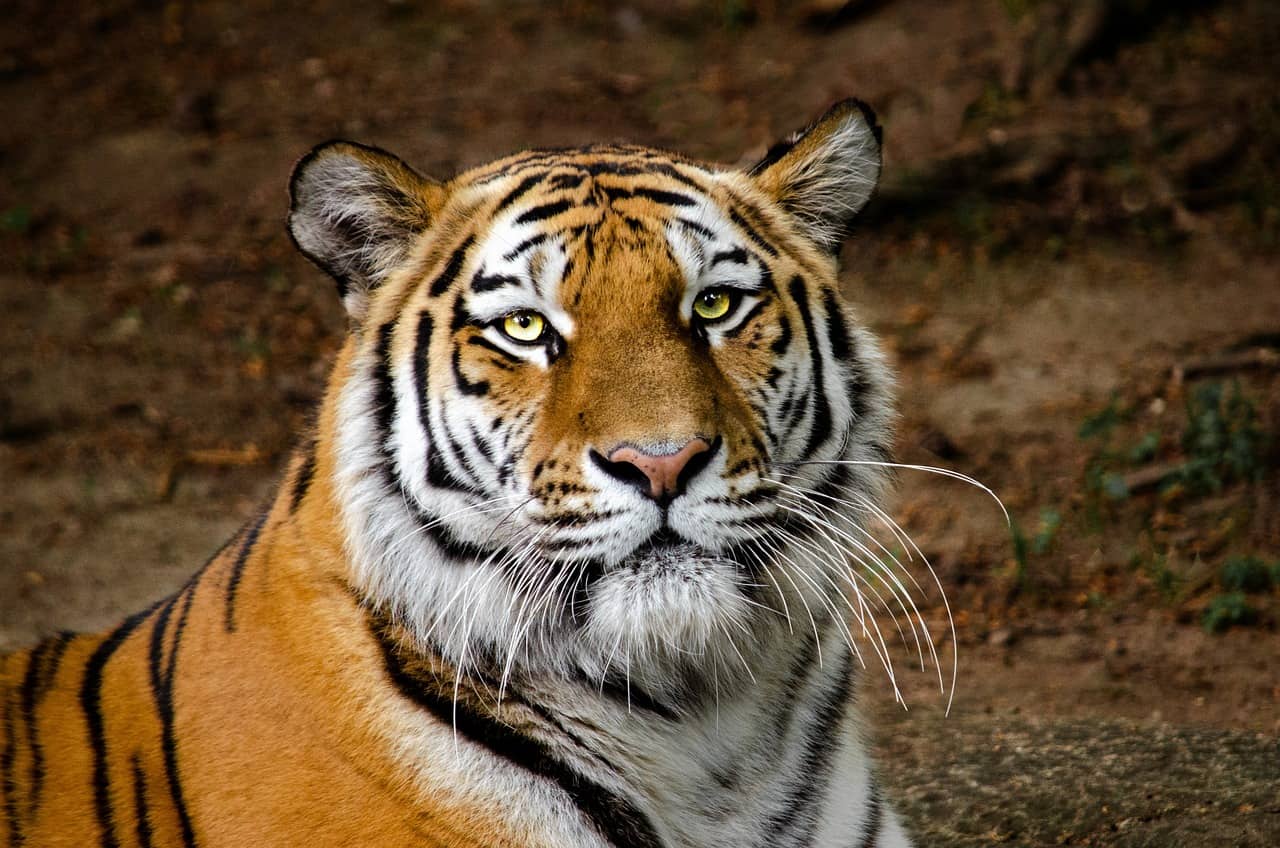
Habitat fragmentation is a significant concern for Kaziranga’s tiger population. Rapid development has disrupted traditional migration routes, leading to isolated populations and increasing the risk of inbreeding.
The Role of Wildlife Corridors

To combat isolation, conservationists emphasize the importance of habitat connectivity. Creating wildlife corridors, such as bridges and tunnels, can facilitate long-range movements of tigers and promote genetic diversity.
Photographer’s Role in Conservation

As a photographer, Ramnarayanan hopes his work can raise awareness about wildlife conservation. By capturing and sharing images of rare species like the golden tiger, he aims to spark conversations about protecting these animals and their habitats.
Kaziranga’s Importance for Tigers

Kaziranga is home to a significant portion of Assam’s tiger population and provides a productive habitat for these big cats. Its grasslands attract tiger prey, and effective law enforcement helps protect the park from poaching and habitat degradation.
Threats to Tiger Populations
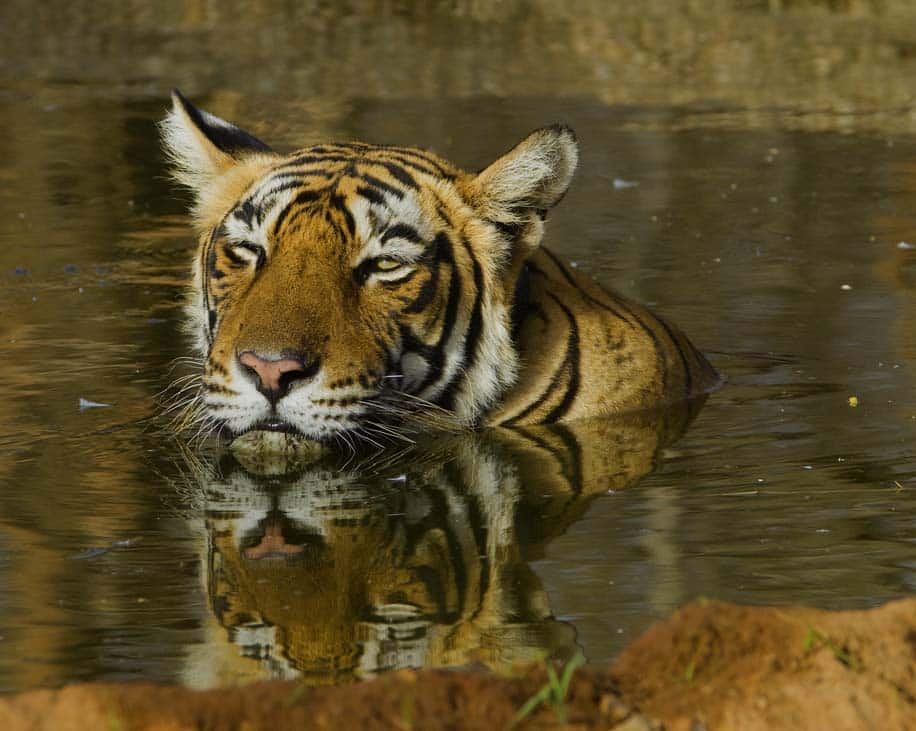
Despite the rarity of golden tigers, poaching and habitat degradation pose more immediate threats to tiger populations. Addressing these issues is crucial for the survival and health of tigers in India.
Future of Tiger Conservation
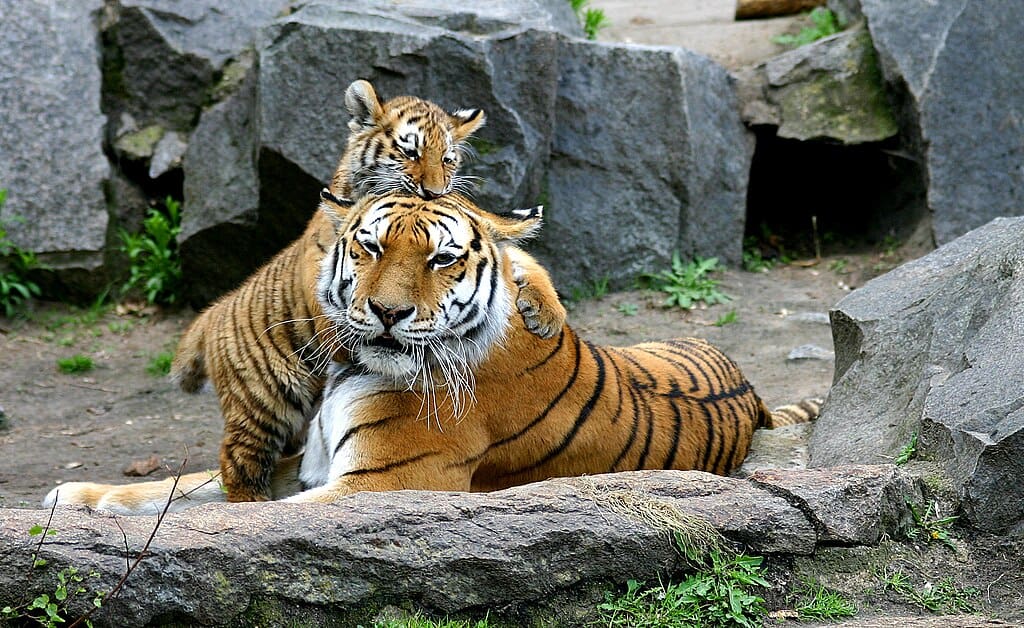
Conservationists advocate for improved habitat connectivity and land use practices that support wildlife. Efforts to buffer reserves and promote tourism over agriculture can help build a more resilient and genetically diverse tiger population.
Photographer’s First Encounter
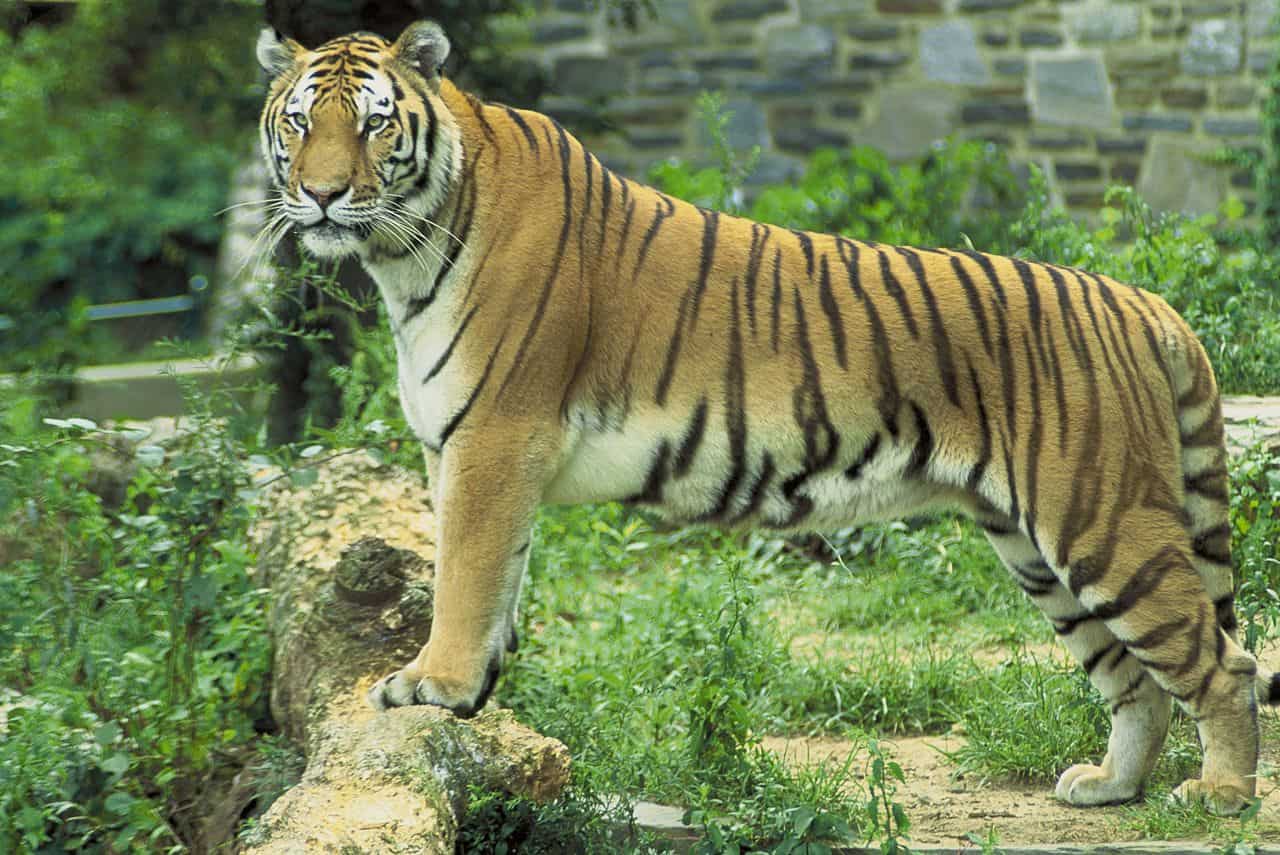
For Ramnarayanan, the sighting of the golden tiger was his first encounter with this rare coloration. The experience was striking, and he hopes it will contribute to greater awareness and protection efforts for wildlife in India.
Genetic Studies on Tigers
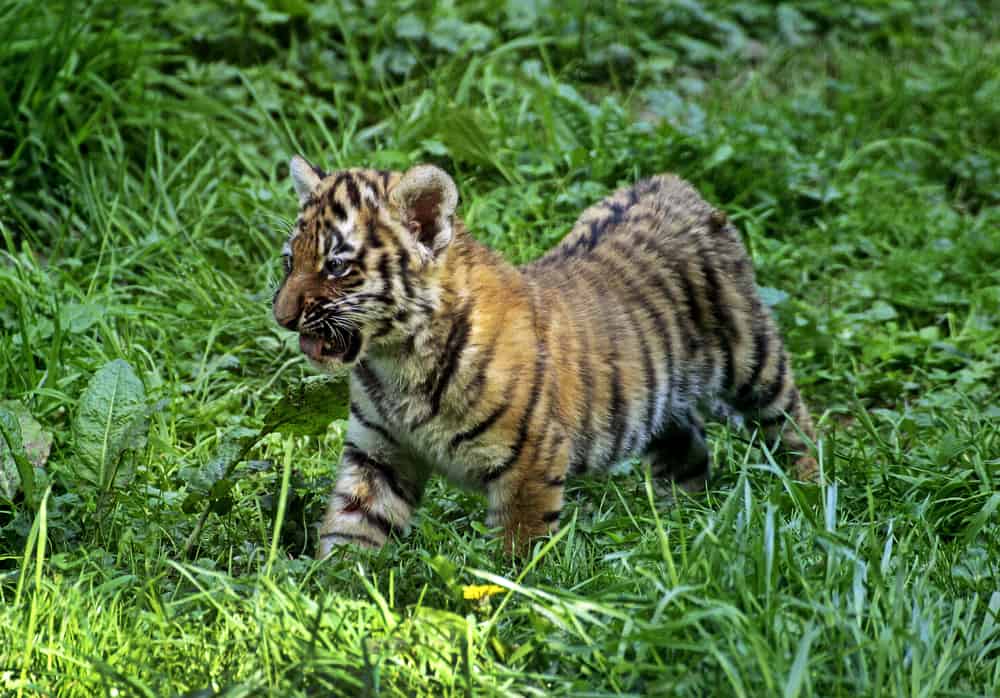
Ongoing genetic studies aim to understand the impact of inbreeding and genetic drift on tiger populations. These studies are essential for developing strategies to maintain healthy and diverse tiger populations in the wild.
Importance of Public Awareness

Raising public awareness through photography and storytelling is vital for wildlife conservation. Engaging the public in conversations about rare species and their conservation needs can drive support for protecting these animals and their habitats.
What Is a Golden Tiger?

A golden tiger is a tiger with a rare coloration caused by a genetic mutation. This mutation affects the color-creating genes, resulting in strawberry-blonde stripes. Golden tigers are not a separate subspecies but are born with this unique trait due to recessive genes.
How Was the Golden Tiger Discovered?

The golden tiger was discovered by Gaurav Ramnarayanan during a safari in Kaziranga National Park. An alarm call from a deer alerted the group to the presence of a predator, leading to the sighting of the tiger on the road.
Why Is the Discovery of Golden Tigers Concerning?

The discovery of golden tigers is concerning because it may indicate inbreeding within isolated tiger populations. Inbreeding can lead to genetic problems and reduced diversity, which can affect the health and survival of the species.
How Rare Are Golden Tigers in the Wild?

Golden tigers are extremely rare in the wild, with Kaziranga National Park documenting only four known individuals. These tigers are more commonly seen in captivity, where genetic mutations are more likely to appear due to controlled breeding.
What Role Does Habitat Connectivity Play in Tiger Conservation?
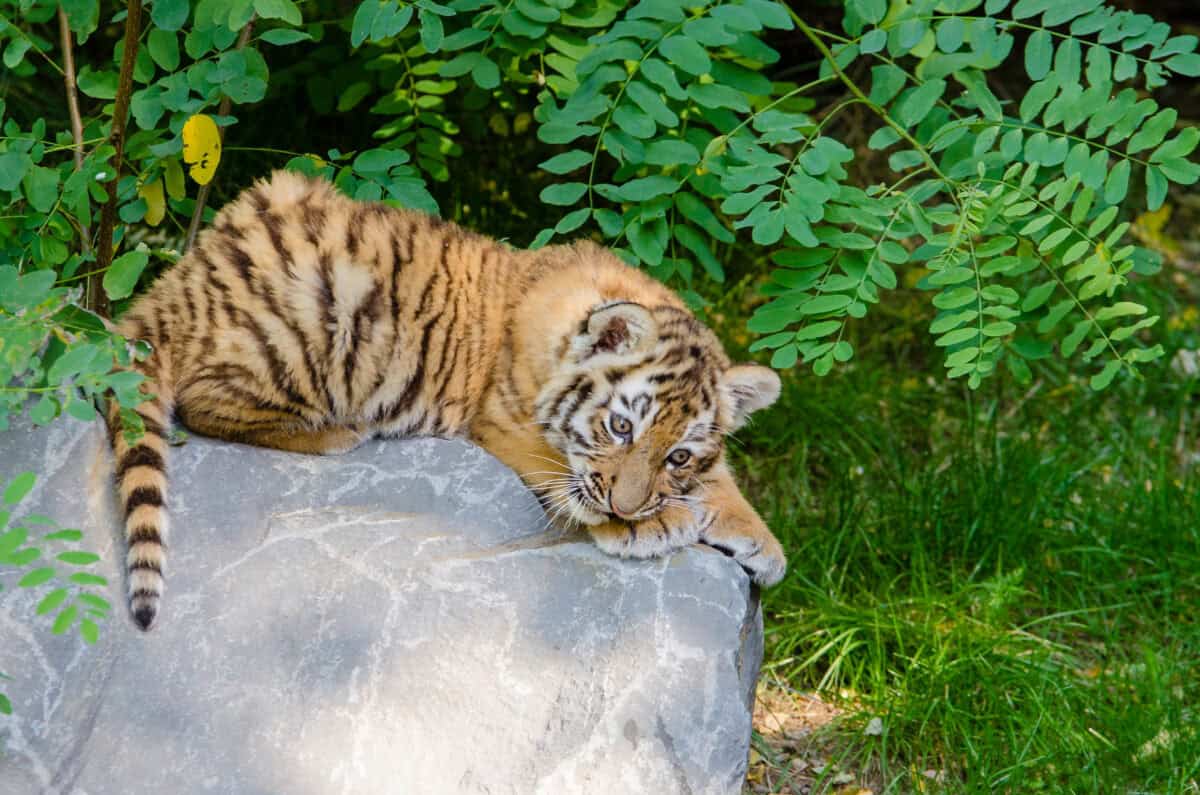
Habitat connectivity is crucial for tiger conservation as it allows for long-range movements and genetic diversity. Creating wildlife corridors helps reduce isolation and the risk of inbreeding, supporting healthier tiger populations.
How Can Wildlife Photography Contribute to Conservation?

Wildlife photography can raise awareness and engage the public in conservation efforts. By capturing and sharing images of rare and endangered species, photographers like Ramnarayanan can highlight the importance of protecting these animals and their habitats.
What Are the Immediate Threats to Tiger Populations?

Immediate threats to tiger populations include poaching and habitat degradation. These issues pose significant risks to the survival of tigers and must be addressed through conservation efforts and effective law enforcement.
What Did Ramnarayanan’s Encounter Reveal About Golden Tigers?

Ramnarayanan’s encounter with the golden tiger revealed the stunning and unusual coloration of these big cats. It also highlighted the challenges of managing isolated tiger populations and the need for continued conservation efforts.
How Can Public Awareness Help Protect Wildlife?
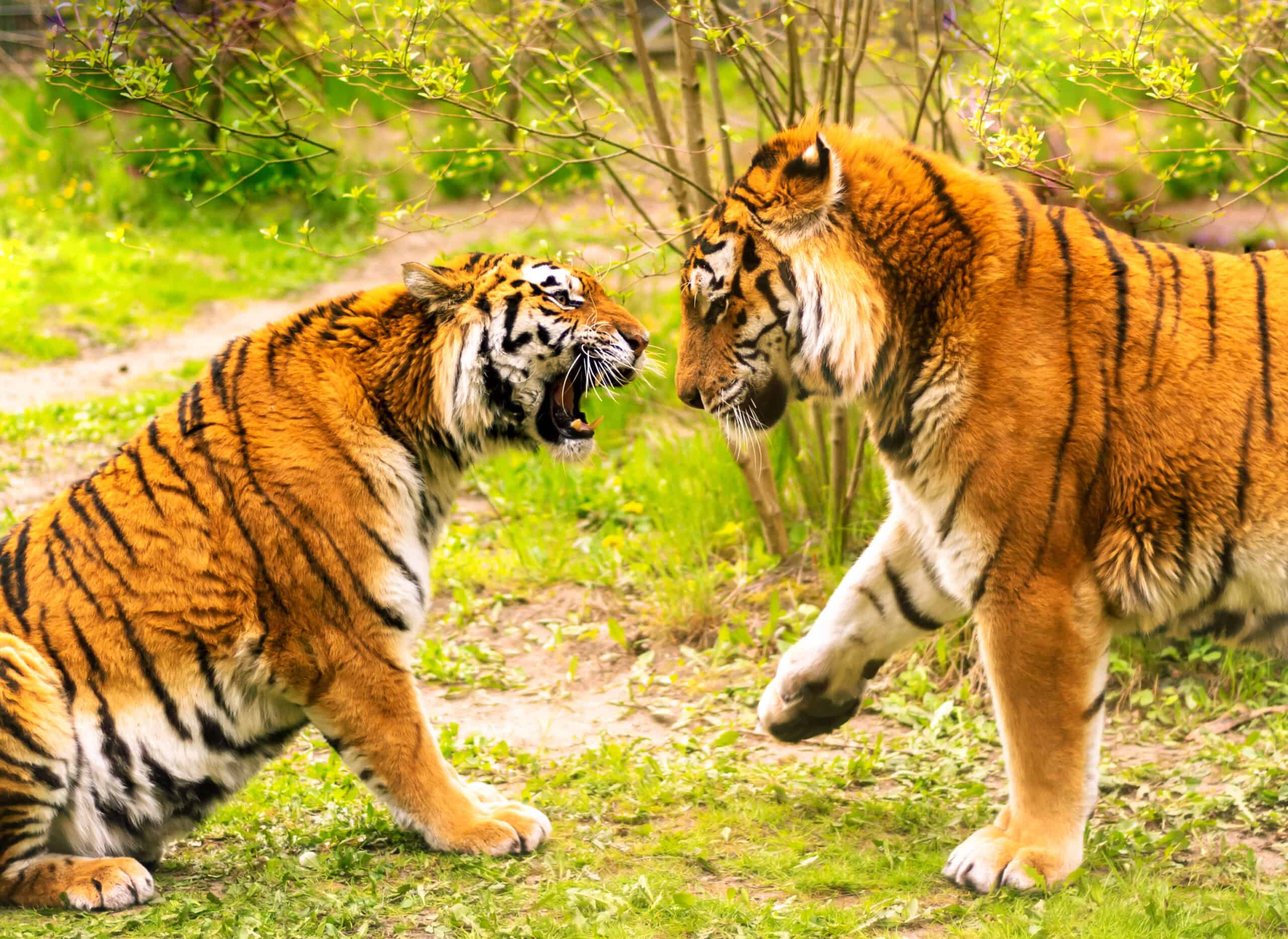
Public awareness can drive support for wildlife conservation by educating people about the challenges facing endangered species. Engaging the public through storytelling and photography can inspire actions to protect wildlife and their habitats.
What Are the Conservation Strategies for Protecting Tigers?

Conservation strategies for protecting tigers include improving habitat connectivity, promoting land uses that support wildlife, and implementing effective anti-poaching measures. These strategies help build resilient and genetically diverse tiger populations.
Why Is Kaziranga National Park Important for Tigers?

Image via depositphotos.
Kaziranga National Park provides a productive habitat for tigers, with abundant prey and strong protection against poaching. It plays a critical role in the conservation of tigers in northeastern India and supports a significant portion of Assam’s tiger population.
How Do Genetic Mutations Affect Tigers?

Genetic mutations, like those causing the golden coloration, result from recessive traits in color-creating genes. While these mutations create unique fur patterns, they can also be a sign of inbreeding and potential genetic issues in isolated populations.
What Is the Role of Wildlife Corridors?
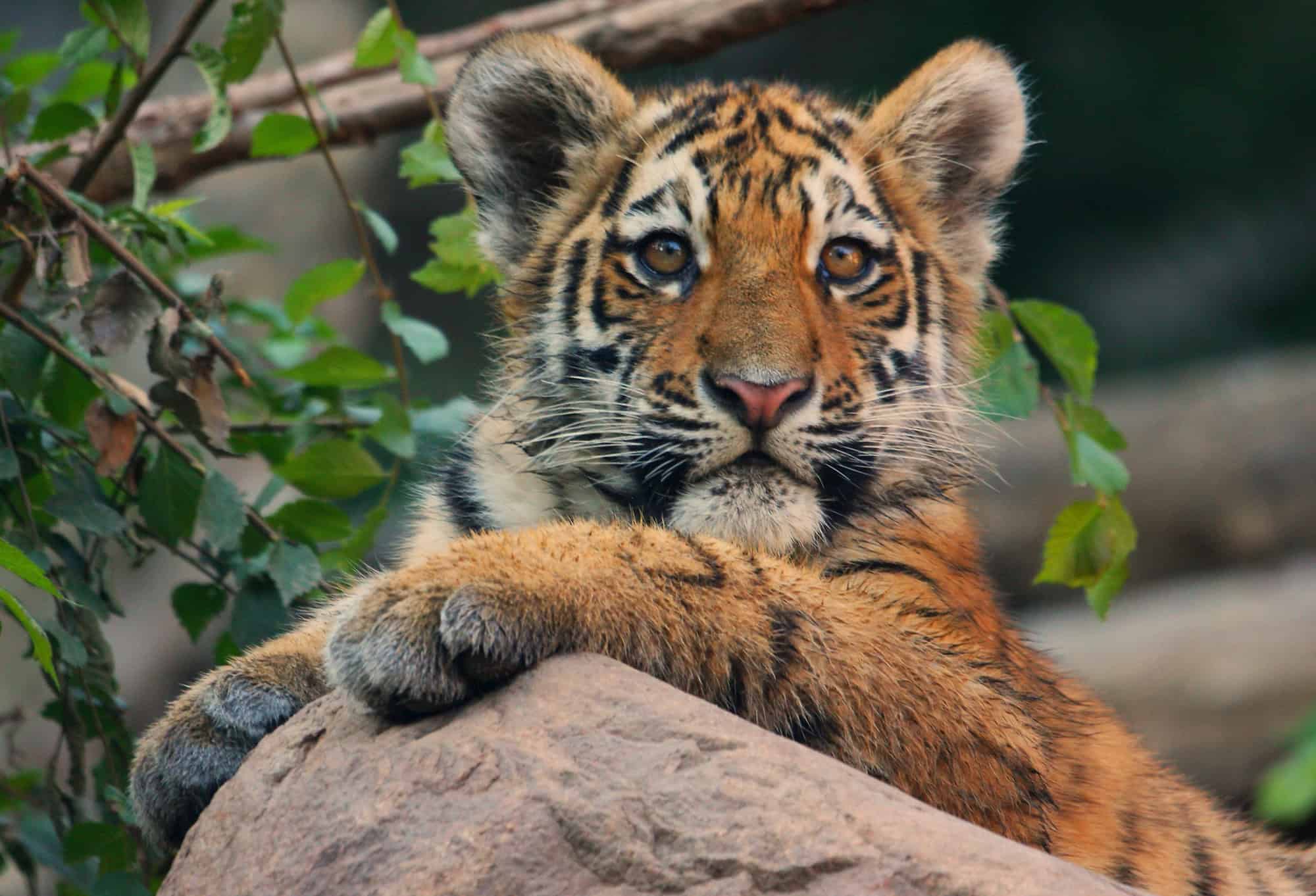
Wildlife corridors facilitate the movement of animals between habitats, reducing isolation and promoting genetic diversity. These corridors are essential for maintaining healthy populations of wide-ranging species like tigers.
How Does Inbreeding Impact Tiger Health?

Inbreeding can lead to physical ailments, reduced genetic diversity, and increased susceptibility to diseases. Managing and mitigating inbreeding is crucial for maintaining the health and viability of tiger populations.
What Are the Benefits of Tourism for Wildlife Conservation?

Tourism can support wildlife conservation by providing economic incentives to protect natural habitats. Promoting tourism over agriculture and livestock raising can help create buffer zones around reserves and reduce human-wildlife conflicts.
How Can Genetic Studies Inform Conservation Efforts?

Genetic studies provide insights into the effects of inbreeding and genetic drift on wildlife populations. Understanding these impacts helps conservationists develop strategies to maintain genetic diversity and ensure the long-term survival of species.
What Did Ramnarayanan Hope to Achieve with His Photography?

Ramnarayanan hopes to raise awareness and spark conversations about wildlife conservation through his photography. By capturing rare and stunning images of animals like the golden tiger, he aims to inspire public interest and support for protecting these species.
Next Up:
Massive 18-Foot Crocodile Captured in Australian Outback: Largest in Decades
Bald Eagle Snatches 6-Pound Rabbit from Baby Fox Mid-Hunt
Join our Forum for free today!



